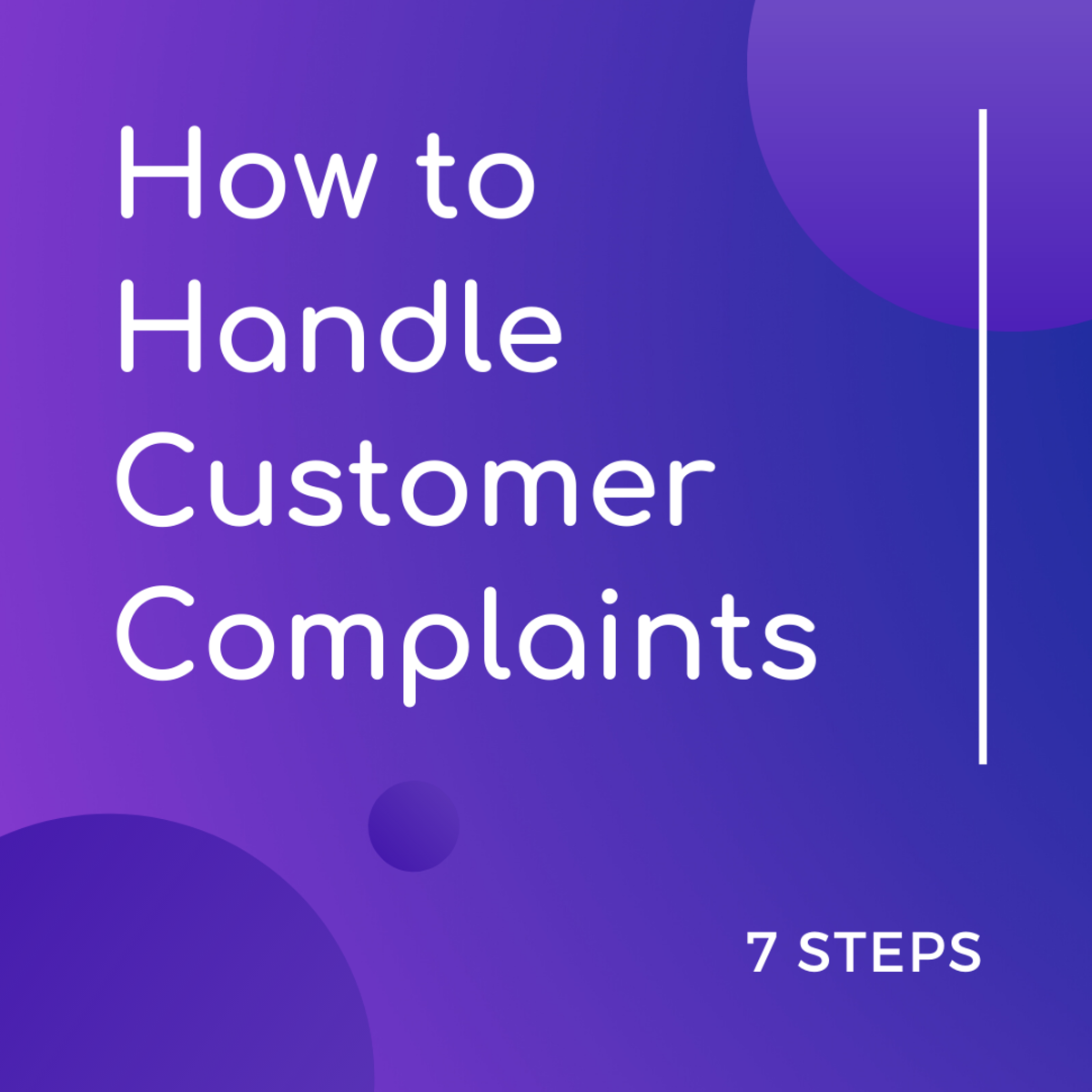How Insurance Companies Assess Household Insurance Risks
When they have decided on the company, the customer will need to provide specific information on which the household insurance company can base the decision of whether to cover the customer's risks and, if so, at what cost (the premium).
Telephone orientated insurers’ now usually complete part of the application form based on the initial telephone call, which will then be forwarded to the applicant for them to check the details, sign and return. Some household insurers prefer to use a form known as a 'Statement of Facts', which, in principle, means that rather than ask a question the detail is recorded as a matter of fact. For example:
You (the household insurance buyer) told us (the insurer) that your home is:
- built of brick with a slate roof;
- a detached house built in 1990;
- not left unoccupied for more than 30 consecutive days;
- furnished for full occupation;.
- self-contained with a lockable entrance under your sole control.
Where a Statement of Facts document is prepared, the customer will be sent two copies of the document to review for accuracy. If they agree with the information detailed in the document, they are required to sign both documents and return one copy to the household insurer. The other copy is for the customer's records.
Other household insurance companies may require the applicant to complete a home insurance application personally. Regardless of the method used to apply for insurance, the important questions the company will need to ask the applicant regarding any type of household insurance are:
- name;
- address;
- risk address;
- occupation;
- date of birth;
- convictions;
- insurance history;
- claim or loss history;
- construction of property;
- condition;
- age of property;
- number of rooms or bedrooms;
- ownership;
- use of property;
- security;
- sum insured;
- size of building;
- other interests.









